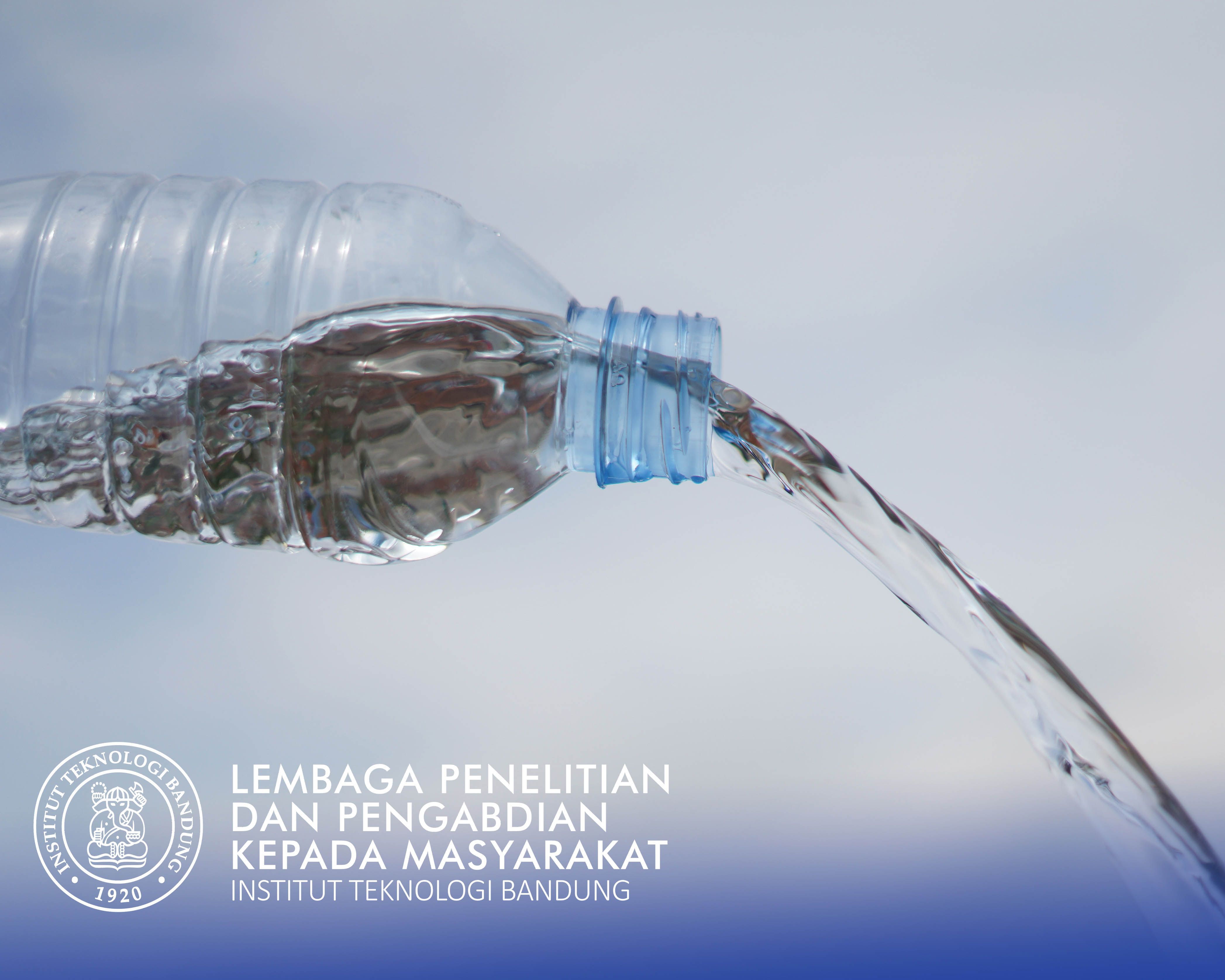

Arno Adi Kuntoro
Development of the outermost areas of the border with neighboring countries requires great attention considering its role as the front line of the territorial boundaries of the Unitary State of the Republic of Indonesia. On the other hand, the outermost areas also have high potential for natural resources that have not been utilized optimally, for example from the aspects of capture fisheries, mining, plantations and tourism. With this great potential, equitable development should be implemented in the outermost regions. West Papua Province is a region of the Republic of Indonesia that borders the Pacific Ocean to the north, which has enormous development potential. This province has an area in the form of a group of islands, one of which is the Raja Ampat area. Kapatcol Village in West Misol District, West Papua Province is one of the villages that has problems in providing clean water. Limited basic infrastructure to obtain continuous water sources and clean water distribution networks is one aspect that needs to be overcome. Villagers are very dependent on traditional water sources such as springs and rivers whose water discharge is limited and does not always meet water quality standards. This program aims to provide a stable and sustainable source of clean water for local communities, which is then hoped to be maintained and maintained independently by the community.
The aim of this activity is to implement effective, practical and environmentally friendly drilling technology and geophysical exploration methods to obtain clean water in water-prone areas. The application of this method will also provide insight to the wider community to be able to be independent in overcoming the water crisis, especially in the 3T area, Kapatcol Village, West Misol, West Papua.
This program aims to provide a stable and sustainable source of clean water for local communities, which is then hoped to be maintained and maintained independently by the community.